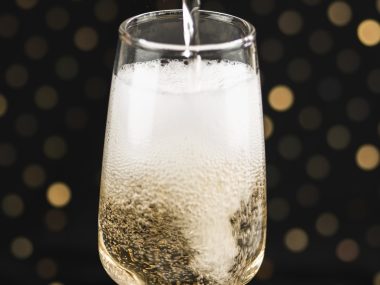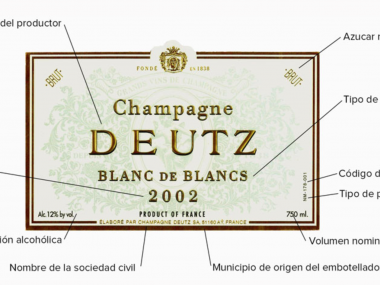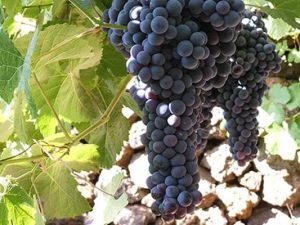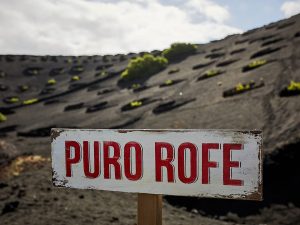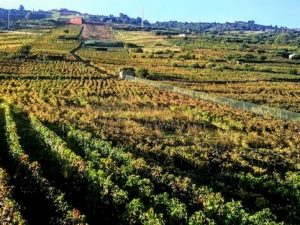Holidays are approaching and sparkling wines are a must for the end-of-year toasts. Here we tell you everything you need to know about cava, so that you can look like an expert.
Cava is a type of sparkling wine with a Designation of Origin. Its production process is different from that of other types of sparkling wine, and it is characterised by following the traditional champenoise method, which means that its second fermentation, ageing and release to the market take place in the same bottle. This makes the bubbles form naturally.

Denomination of Origin Cava
Cava is a Protected Designation of Origin for sparkling wines from Spain, which are made using the traditional champenoise method. The territory covered by this D.O., known as the Cava Region, comprises some 160 municipalities, spread over seven autonomous communities.
The main production centre is in Catalonia, with 63 municipalities in Barcelona, 52 in Tarragona, 12 in Lleida and 5 in Gerona; in the Ebro basin it covers 2 towns in Aragon, 2 in Navarre, 18 in La Rioja and 3 in the Basque Country. There are almost 32,000 hectares and some 260 wineries, with the Penedés (Sant Sadurní d’Anoia) being the region where the highest production is concentrated, around 90%.
The bottles with this Denomination of Origin are sealed with a specific cork, which has a four-pointed star engraved on its base. This is what makes it possible to certify that it is indeed a bottle of cava.

Geographical and climatic characteristics of the D.O. Cava
A total of four different areas of this AO can be highlighted, with both specific and differentiated geographical and climatic characteristics.
Comtats de Barcelona
This area, which surrounds the city of Barcelona, is where 95% of Cava production is concentrated. Its Mediterranean climate gives rise to a very long summer season, with good exposure to the sun and high temperatures in spring and summer, which provides optimum conditions for good grape ripening. Its landscape, with valleys and not very high depressions, allows for cultivation at different altitudes. At the same time, its great variety of microclimates makes wine production in this area very versatile. In fact, the Comtats de Barcelona has been subdivided into five subzones, each with its own particular and distinct characteristics: Valls d’Anoia Foix, Serra de Mar, Conca del Gaià, Serra de Prades and Pla de Ponent.
Ebro Valley
This area, located in the interior of the peninsula, covers the municipalities and territories near the river Ebro. It is characterised by its continental climate, which offers very hot and dry summers and cold winters. The Ebro Valley is in turn divided into two sub-zones, with different locations and climate characteristics: Alto Ebro and Valle del Cierzo.
Vineyards of Almendralejo
Located in the south-west of the peninsula, this area is made up of the municipality of Almendralejo, in the Tierra de Barros region. With flat reliefs at an average altitude between 200 and 450 metres above sea level, the vineyards in this area enjoy a rather dry climate, with mild winters and hot summers, accentuated by the sunny wind.
Levante area
Located in the interior of the province of Valencia, specifically in the municipality of Requena, this area is spread out over a high plateau between the Mediterranean Sea and the Castilian plateau, at an altitude of between 600 and 900 metres, bordered by the River Cabriel and the Sierras del Molón. Its dry mesomediterranean climate tends to be continental due to the distance from the Mediterranean Sea, which results in strong temperature contrasts between day and night, and long, cold winters.
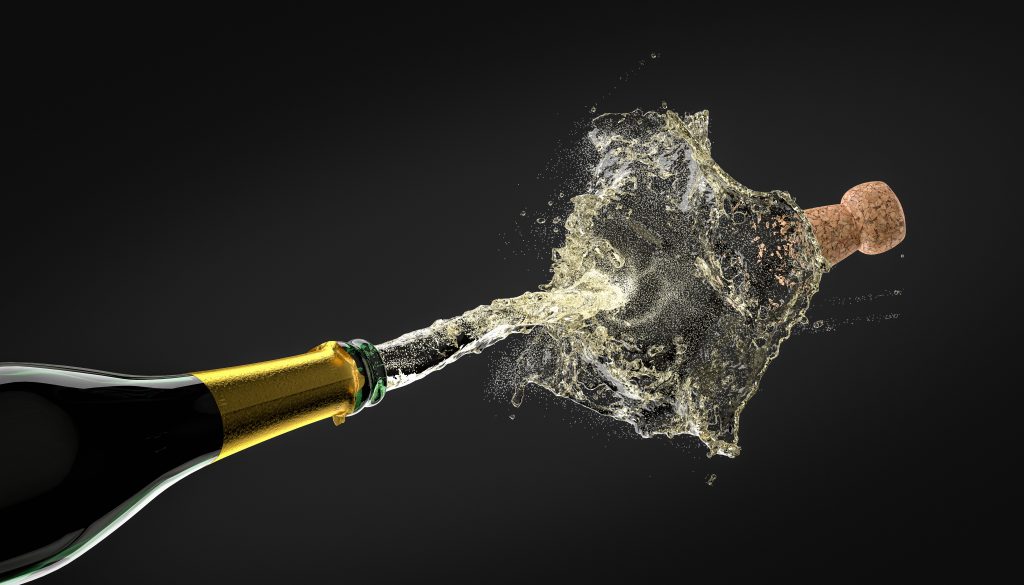
Cava elaboration process
The distinctive element of cava is given by its production process, which differs from the rest of the sparkling wines. It follows the traditional champenoise method, first coined in 1872 by Josep Raventós, as a technique for making sparkling wine.
Basically, this method consists of carrying out both the second fermentation and the resting (of at least nine months) and subsequent marketing, all in a single bottle. In this way, the bubbles are produced in a completely natural way.
To guarantee the quality of the cava, the process of cultivating the grapes is fundamental, which is carried out between the middle of August and the end of September. This can be done by hand or machine, but it is important to ensure that it is done carefully and by controlling the temperature.
After the harvest, the grapes are pressed. To produce cava, only the must that comes from the first fractions of the pressing is used, which allows a smooth and fine wine to be obtained.
The pressed must then goes through a clarification process to separate the solid particles. The next step is vinification where, through a first fermentation, the must is transformed into wine.
After the coupage, where the oenologist can make mixtures to achieve the characteristics he wants to find in his wine, a new clarification is made and, as it is characteristic for this type of sparkling wine, also a second fermentation.

Different Types of Cava
Grape varieties
The varieties used to make cava are Xarel.lo, which gives the cava structure; Macabeo, which gives the cava base wines primary aromas of apples and citrus fruits; and Parellada, which produces fine, aromatic and elegant wines.
In addition to the trilogy of varieties used to make Cava, the following varieties are also used: Chardonnay, which provides intense aromas and ageing potential; Pinot Noir, which produces light, aromatic rosé wines; and Trepat, which gives Cava Rosé its colour and ripe red fruit aromas.
We will be able to distinguish the different types of cava not only according to the variety of grape used to make them or their area of origin, but also based on their ageing time and the amount of added sugar they contain.
Categories of Cava according to Ageing
Cava
Guarded cellar. This is the freshest and youngest cava, made using the traditional method with a minimum of 9 months in the bottle. It is a light, fruity and bubbly cava.
Reserve Cava
The upper-aged cava needs to rest in the cellar, without light or sound, for a minimum of 18 months. Abundant, fresh and balanced bubbles.
Gran Reserva Cava
Its ageing process of more than 30 months in the bottle gives it great complexity and aromatic intensity.
Cava from a qualified site
It is a unique, very special and differentiated product, which denotes delicacy and quality, with at least 36 months of aging.
Types of cava according to the sugar added
We can distinguish different types of cava depending on the amount of added sugar they have per litre, from the Brut Nature that does not admit the addition of sugar, up to the sweet Cava.
In between these two extremes, there are a large number of options:
- Brut Nature ( from 0 to 3 grams per litre)
- Extra Brut (3-6 g/l)
- Brut (6-12 g/l)
- Extra Dry (12-17 g/l)
- Dry (17-32 g/l)
- Semi-sec (32-50 g/l)
- Sweet (+50 g/l)

